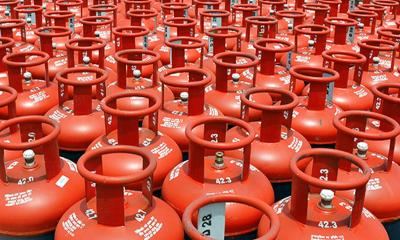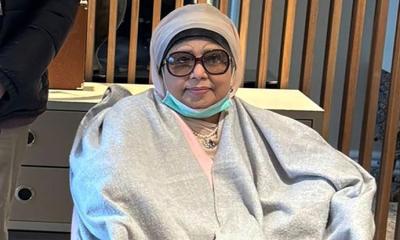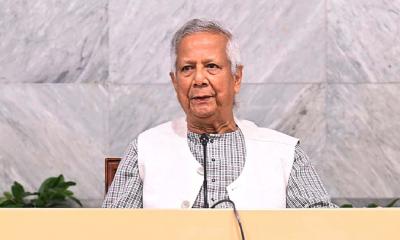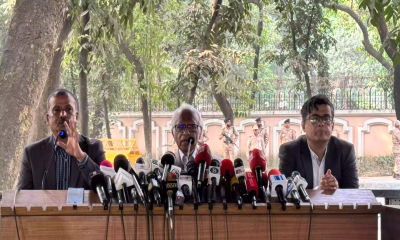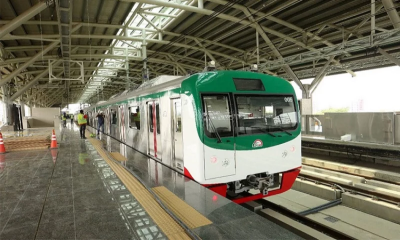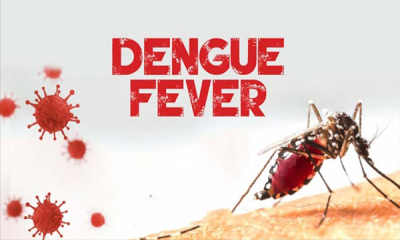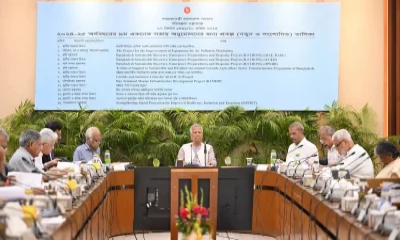Bangladesh has emerged as the leading country of origin for migrants attempting to enter Europe via the Mediterranean Sea.
According to BRAC’s Migration Programme, nearly 9,735 Bangladeshis crossed the sea into Italy in the first six months of 2025 alone. Over the past decade, at least 70,000 Bangladeshis have reportedly entered Europe through this perilous route.
The majority of these aspiring migrants come from around 10 to 12 districts including Madaripur, Shariatpur, Sylhet, and Sunamganj.
Most fall victim to trafficking networks through social media platforms like Facebook, where they are lured with promises of lucrative jobs.
Instead, many end up detained in Libya, facing extortion, abuse, and, in some cases, even death.
According to the Ministry of Home Affairs, 1,034 new human trafficking cases were filed in 2024 alone. Currently, 4,360 cases remain pending—1,346 under investigation and 3,014 awaiting trial. Despite some verdicts being delivered, many traffickers walk free.
This alarming situation comes ahead of the World Day Against Trafficking in Persons on July 30, a UN-designated day observed since 2013. The theme for 2025 is: “Organized Crime, Human Trafficking—End the Exploitation.”
Shariful Hasan, Associate Director at BRAC, told media, “There’s a surge in attempts to reach Europe via the Central Mediterranean route. Bangladeshi migrants are often detained in Libyan camps, facing torture and ransom demands. Traffickers are using advanced technologies, but law enforcement is lagging behind. The real concern is that even when cases are filed, justice is rarely served.”
According to the EU border agency Frontex, 92,427 Bangladeshis used this route between 2009 and 2024. In January 2025, 23 Bangladeshi bodies were recovered in Libya while trying to cross the Mediterranean.
BRAC’s research shows 60% of migrants left for Libya lured by job promises. However, 89% found no employment and ended up in camps. Among them, 79% were physically abused, 54% were deprived of three meals a day, and 22% received only one meal daily.
The current primary trafficking route to Libya includes Dhaka to Dubai-Egypt, Istanbul-Qatar, or Syria, with traffickers exploiting alternative paths such as Hajj, visit visas, or fake conference invitations. New destination countries now include Malaysia, Russia, Saudi Arabia, Nepal, Cambodia, Serbia, Vietnam, Algeria, Mauritania, and Tunisia.
Women are especially vulnerable, with some lured to Dubai for salon or restaurant jobs, only to be forced into sex work or dance clubs. In Malaysia, women promised beauty parlor jobs were reportedly sold into exploitation. Last year, six women were rescued with the help of IJM (International Justice Mission).
Bangladeshis have also been trafficked to scam centers in Myanmar, where they were coerced at gunpoint into cybercrime. BRAC has rescued 18 such victims. Meanwhile, Nepal is becoming another trafficking route due to its easy on-arrival visa process.
Between 2012 and 2015, over 125,000 people, mostly Rohingya, were trafficked via sea routes. Mass graves were later discovered near the Malaysian border. The trafficking of Rohingya people has reportedly resumed, often disguised under the guise of marriage or employment opportunities.


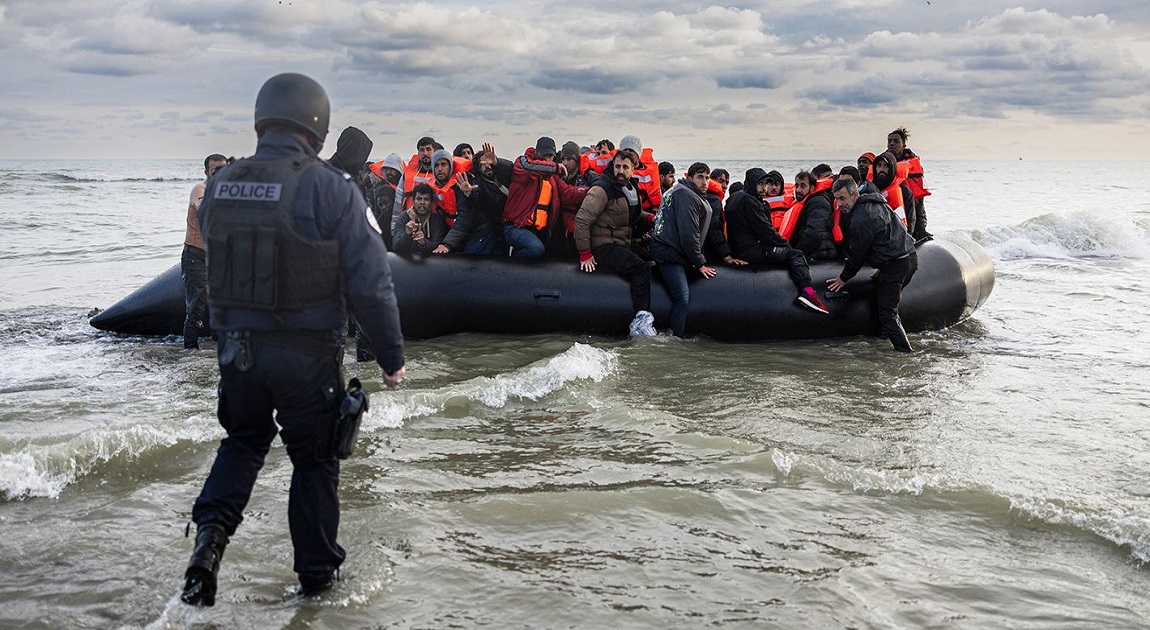

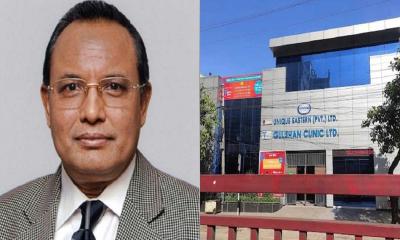
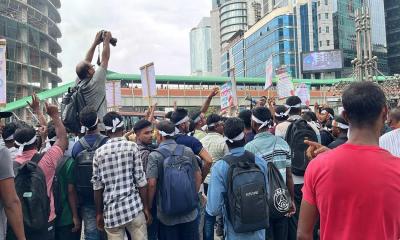
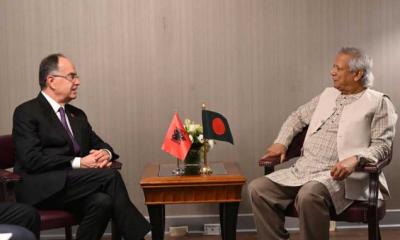
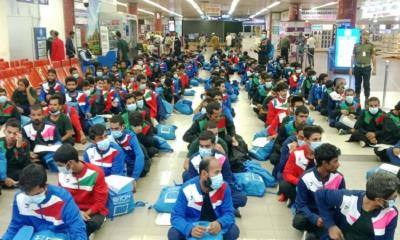
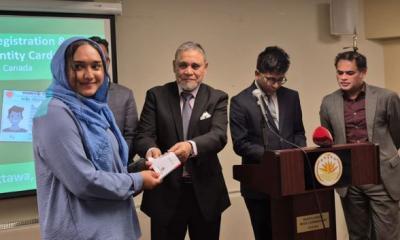
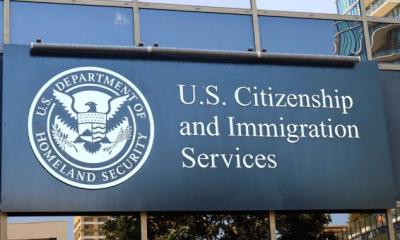
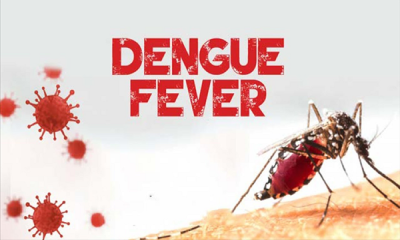
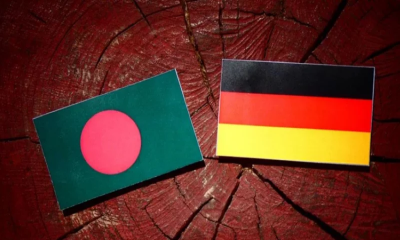

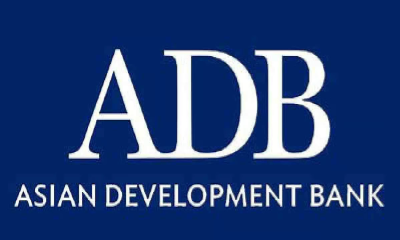

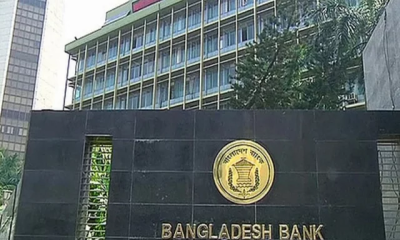

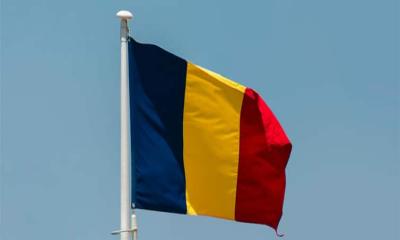

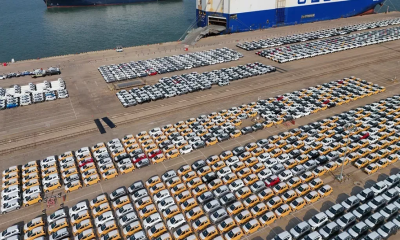
-20251207131533.jpg)

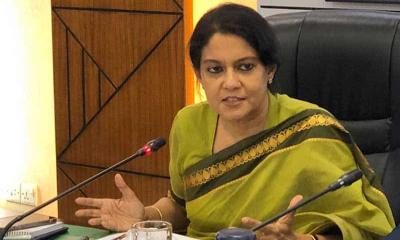
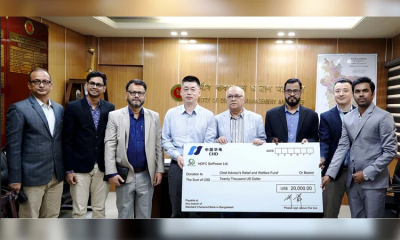
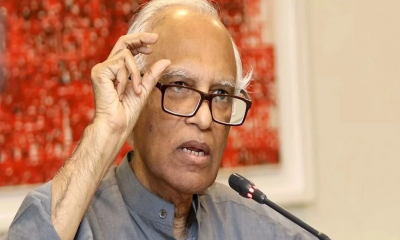

-(25)-20251122062715-20251202031751.jpeg)
-(25)-20251122062715-20251204041734.jpeg)

